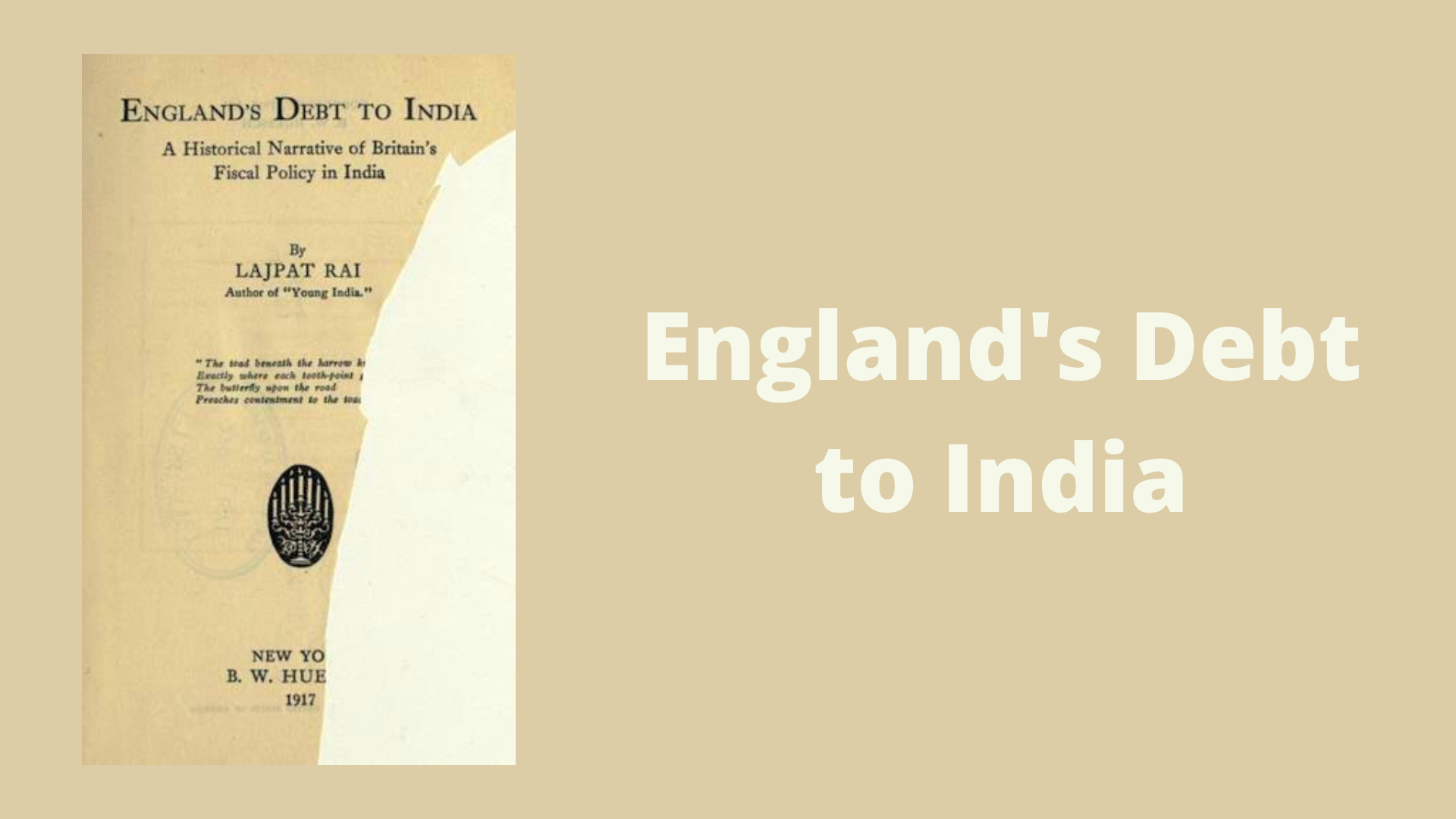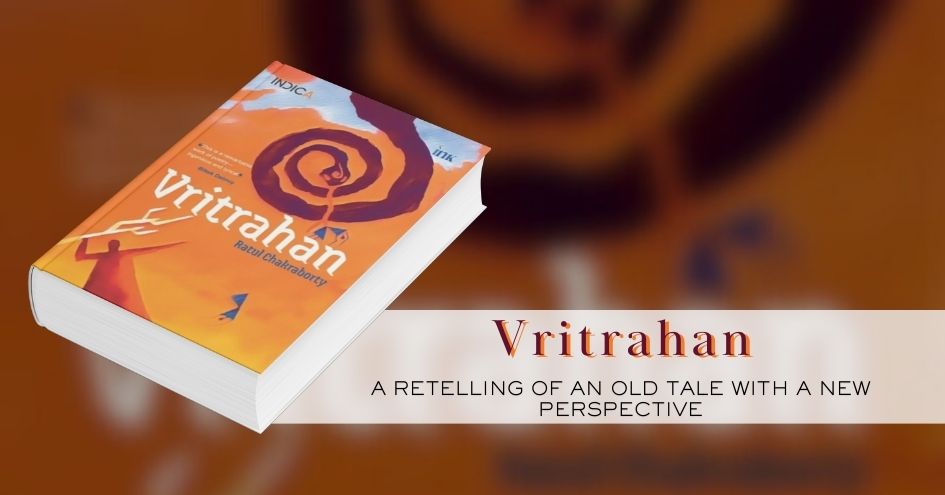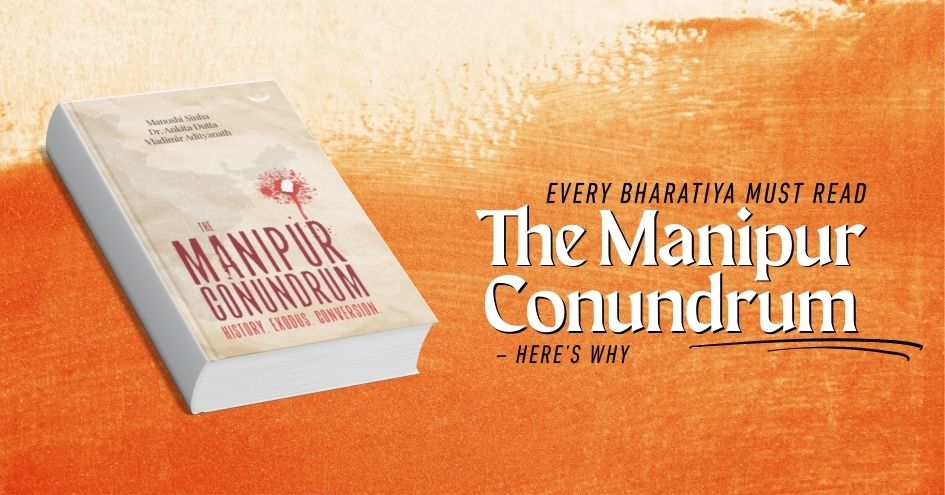
Name: England’s debt to India
Genre: History
Author: Lajpat Rai
Pages: 242
Publisher: Publication Division
The title of the book is self-explanatory. The author Lajpat Rai speaks ‘out of the mouth of the British’ while narrating the story of India. In the initial part of the book, the author describes how our motherland was indeed a very rich and abundant country. However, the narrative describes how the economic stature of the country slowly disintegrated soon after the fall of Mughal emperor Aurangzeb. When the British rule began, India was never the same politically, economically and socially.
It is interesting to note that Lajpat Rai says in his narration that India wasn’t sans economic issues before the British rule. But it went hand-in-hand with the cultural growth. However, with advent of the Britishers also came the industrial revolution. He points out how the industrial growth of England during this period was mainly funded from the East India Company’s loot in Bengal. If one observed carefully, how could the onset of the industrial revolution and the British rule in Bengal happen at the same time? Could it be mere coincidence, wonders the author Lajpat Rai. Then he goes on to explain how two main factors really crippled the Indian economy: issuing public debts that came out of funding British wars of conquests and ‘unrequited export’. Lajpat Rai then goes on to talk about how the once flourishing industries such as the cotton textiles, shipping, woollen mills paper mills, agriculture and so on saw a marked decline during the British rule. The narration does not end there. It extends to highlighting important problems such as mass poverty, illiteracy and famines.
It is notable that when Lajpat Rai was writing the book, he did not have access to many of the works of British writers to substantiate his points. Also, in many cases, there were no effective methods to impact of policies on the economy of the country. He has done extensive research and presented the point of view. He has taken material from different writers such as Digby and compiled it in a noteworthy manner.
Despite being bogged down by such factors, the author finally manages to get across his point: How the British wreaked a havoc on India economically and otherwise. But the closing lines of the author shines with optimism and positivity. “From her own standpoint, England has not been an unmixed curse. She has taught us the blessings of the wealth she deprived us of; she awakened the need for the education she has not given; she has proven the value of the power she dares not to bestow.”
The book is definitely not an easy read. The numbers are baffling, worrying and depressing. However, if you wish to look at the real picture, Lala Lajpat Rai’s book will be an eye-opener.
NEXT ARTICLE

Saiswaroopa Iyer is an author who needs no introduction. She is one of the authors who pioneered Puranic fiction in India with books exploring tales f...

Indra killed Vritra using his Vajra. Once again, good won over evil and dharma over adharma. This is a story most Bharatiyas know. The story is a pa...

The recently-released book on Manipur titled The Manipur Conundrum – History. Exodus. Conversion. – is the result of tiring efforts by three Bharatiya...